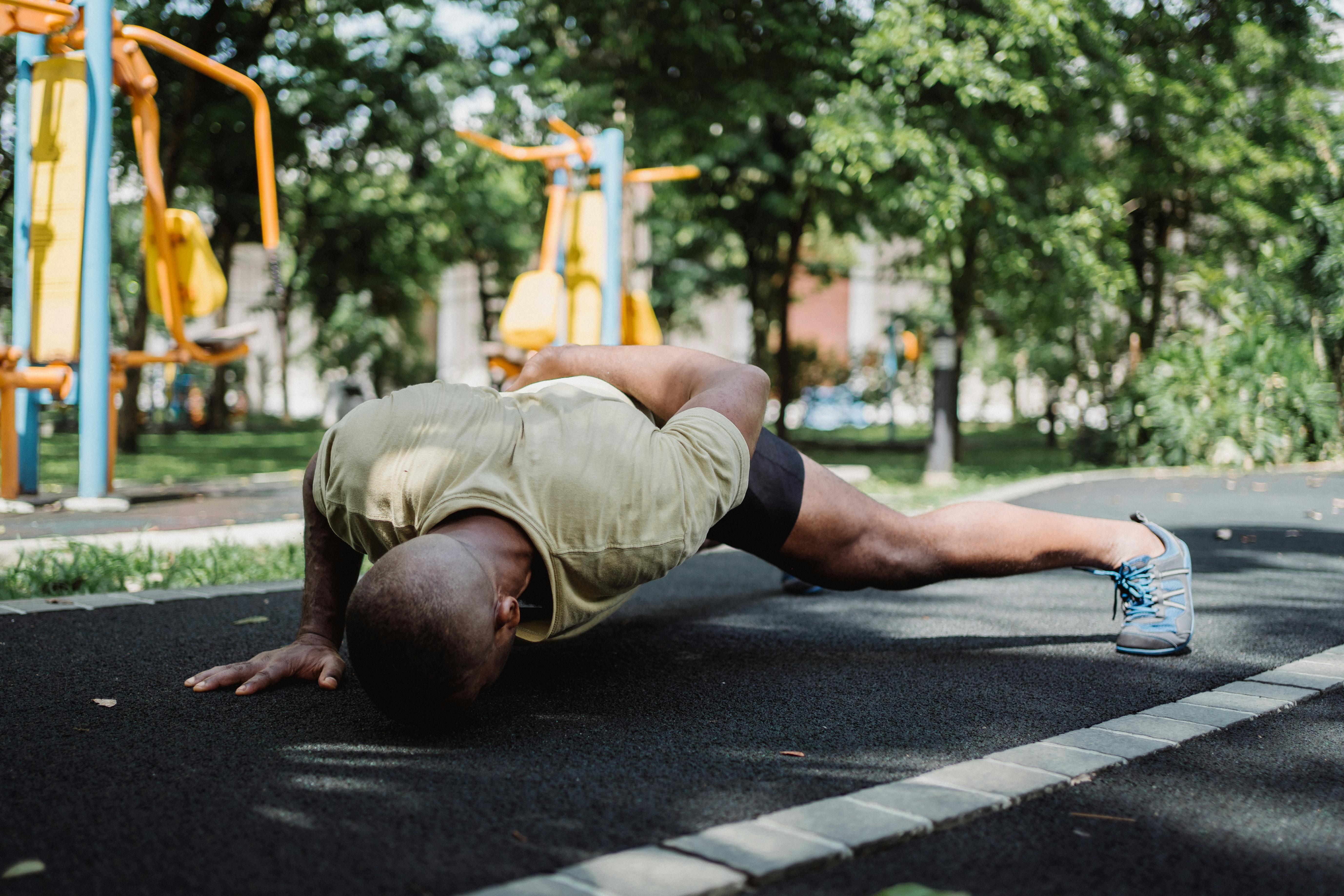
7 tips to lose weight running: how to optimize your exercise to lose weight running
Exercise is a must, even more so when you are determined to lose weight. For a workout that gives you quick results, try a running weight loss exercise. Not only is it easy, but you can do it almost anywhere and even choose your own pace. Running is an excellent high-intensity cardiovascular exercise that works multiple muscle groups and speeds up metabolism.
1. Improve your exercise with a good run. Walking is good exercise. But just as you need to step up your walking to burn more calories, you need to stop walking to get more out of your cardio. A 15 minute run would be a good starting point.
2. Heat and cool. It is important to remember when opting for running exercise to lose weight to warm up before running and cool down afterwards. Start with a walk, continue with a brisk walk, then a slow jog to a moderate jog. After the run, cool down and do the opposite, going from a moderate jog to a walk before coming to a complete stop.
3. Run regularly. The minimum running frequency would be 3-4 times a week to see and maintain results. Calories burned differ depending on the intensity of the run, but a good estimate would be 100 calories burned per mile. Gradually work 25-30 miles per week, increasing your mileage by 10% weekly until you reach your goal.
4. Replace it with the slow run. One way to vary your running weight loss regimen is to stick to a slow run for 90 minutes once or twice a week. At this point, your body will begin to burn stored fats instead of carbohydrates for energy.
5. Get better with interval running. Interval runs are another way to put variety into your running training. Just do a quick run or sprint for 10 seconds, then slow down to a 10-second walk. Do 10 sets of this for a quick weight loss workout.
6. Step up with the uphill run. The more effort you exert, the more calories you burn. Intensify your workout by running uphill, but choose an easy incline that you can hold. A general rule of thumb for counting calories burned is that for every degree of incline, you burn 10% more calories than running on a flat surface.
7. Record your heart rate. To get into the fat-burning zone, you need to run at your aerobic maximum (estimate this by subtracting your age from 180). Put on a heart rate monitor to record your actual intensity level. You don’t want to overdo your running weight loss workout or fall below your optimal level.
Cardio exercises, like weight loss exercises, are the best option to eliminate those fats, fast and for good. It’s a routine that you can easily fit into your daily schedule. However, this high-intensity calorie burner is not recommended for those with weak or troubled knee joints, and are best off walking. Still, a slow, low-impact jog every now and then can’t hurt.